Clinical Examination in Orthopedics


Clinical examination
- The examination begins from the moment we set eyes on the patient. Observe:
- General appearance
- Posture
- Gait:
- limping, in pain, using stick, …
- Deformities:
- Knock-knees? Spinal curvature? short limb? paralyzed arm?
- Pain?
- …The clues are endless
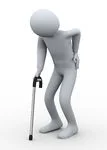
Principles of Assessment
- Proper interaction with patient
- Normal side first
- Compare to other side/joint
- Do not cause pain
- Watch facial expressions
- Extra careful with children
- Proceed slowly, do no attack!
- Play with child!
Orthopedic Examination
- Which system to use?
- Look
- Feel
- Move
- Special tests
LOOK
-
What do we look at ?
-
What do we look for ?
-
General on patient.
-
General local (shoulder, back, hip, thigh, …):
- Position
- Major deformity, swelling
- Extra: cast, splint, traction, dressing …
-
Anatomic local:
- Skin: swelling, scars, color, hair, dryness …
- Subcut.: LN, veins, nerves, tendons …
- Muscles: bulk, wasting, twitches …
- Bones: landmarks, swelling, angulation, deformity.
- Joints: position, swelling, redness…
-
General on patient
- Patient in pain, sitting on a chair holding the right wrist and hand
- Lying comfortably in bed not in pain.
- Lying supine, in pain, holding R thigh in flexion.
- Patients is restless in bed
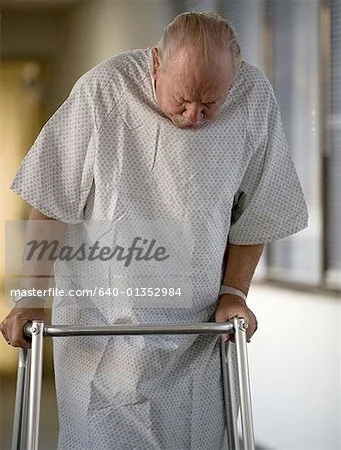
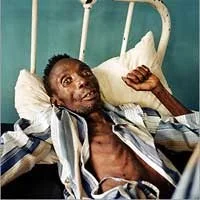
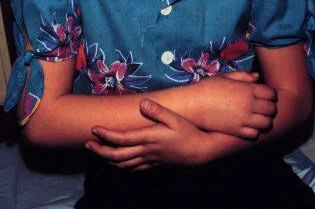
- General on patient.
- General local (shoulder, back, hip, thigh,.. ):
- Position of joint
- Major deformity, swelling
- Extra: cast, splint, traction, dressing …etc.
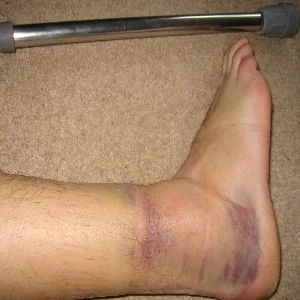
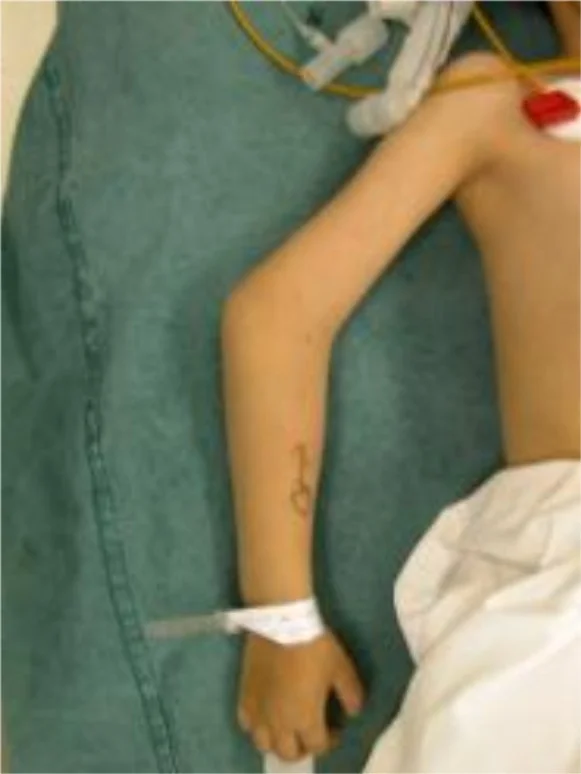
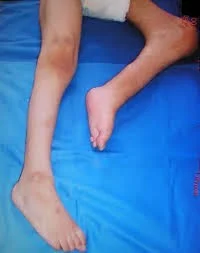
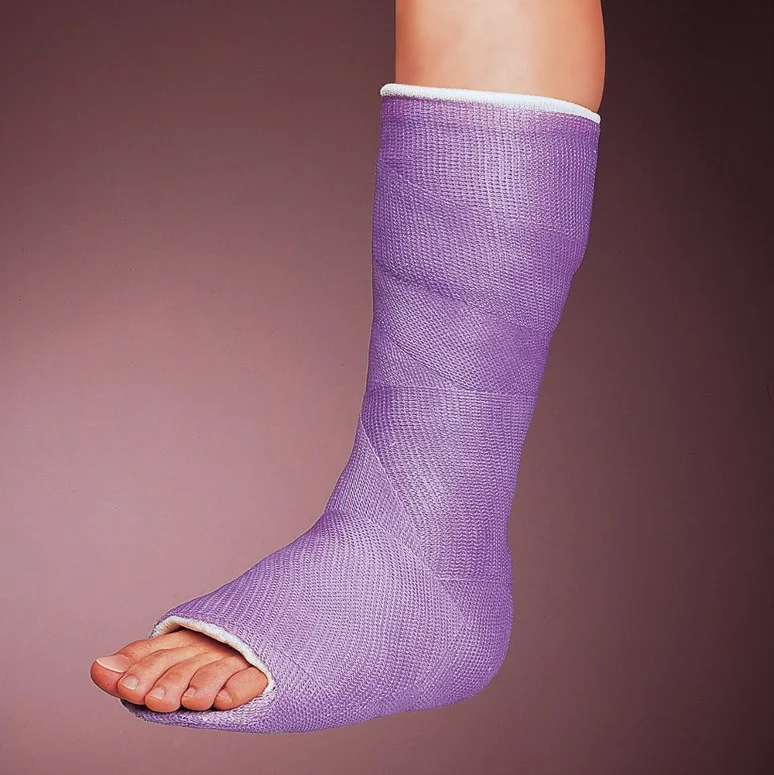
- Important Considerations:
- Amount of exposure
- Duration of exposure
- Persons present during exposure
- Place of exposure
- Attitude and behavior during exposure
Feel
- Ask for pain or tenderness before you put your hands on the patient!
- Inform patient (take permission) you are going to touch him/her and ask to inform you if it hurts
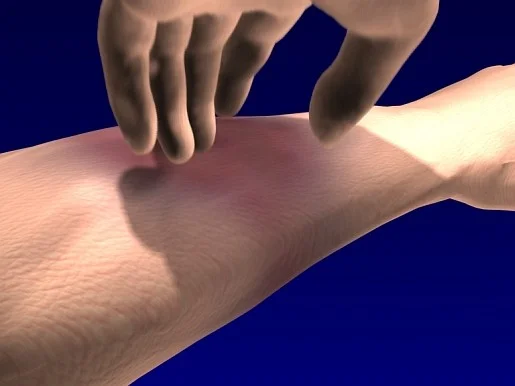
-
What do we feel for ?
- Tenderness
- Temperature
- Anatomical
-
Tenderness:
- Generalized - Specific
-
Temperature:
- Compare distal / proximal, R / L
-
Anatomic:
- Skin: dryness, hyper/hyposthesia, scars
- Subcut.: LN, nerves, vessels, tendons, nodules
- Muscle: tone, bulk, twitches, gaps, tenderness
- Bone: landmarks, tenderness, mass, crepitus
- Joint: swelling, effusion, crepitation, synovial thickening, joint line tenderness (if joint accessible)
Move
Active Vs. Passive
- Active
- Always to start with / not to cause pain
- More used in upper limb
- A must for assessment of muscle power
- Passive
- If need to see difference from active
- In muscle weakness /neurological problems
- More used in lower limbs
- If need to see difference from active
Range of Movement
- Recorded in degrees!
- Range of motion:
- Starting from resting xx degrees to xx degrees where motion stops
- Zero is the neutral or anatomical position of the joint
- Do NOT use the words:
- ‘full’, ‘good’, ‘limited’, ‘poor’
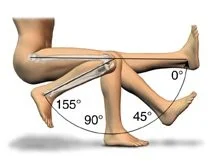
-
Examples:
- e.g, ‘knee flexion 0–140° means
- range of flexion from zero (the knee absolutely straight) through an arc of 140°
- e.g, ‘knee flexion 20–90° means
- flexion begins at 20° (i.e. the joint cannot extend fully) and continues only to 90°
- e.g, ‘knee flexion 0–140° means
-
Assess painful arc, if present
- e.g. Shoulder painful abduction
- At initial abduction
- In mid-abduction
- At extreme of abduction
- e.g. Shoulder painful abduction
-
Painful range of motion
- e.g. Knee flexion from zero to 90°, with pain from 90° to 110° then could not flex more because of pain
Special Tests
-
Different for different joints
- e.g. Anterior Drawer Test for ACL tear in Knee
- e.g. Patellar Tap for knee effusion
- e.g. Thomas Test for fixed flexion deformity of Hip
-
Weight-bearing / gait
- Examination of all weight-bearing joints is not complete until weight-bearing is assessed!
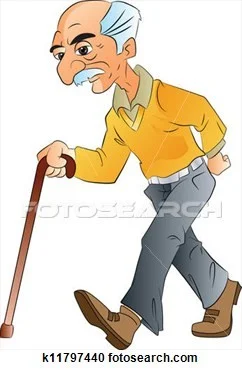
Bony Lumps
- Size
- Site
- Margin
- Consistency
- Tenderness
- Multiplicity
Motor Power Grading
- 0 = No power
- I = fasciculation of muscle fibers - no movement
- II = move with gravity eliminated
- III = move against gravity
- IV = less than full power
- V = full power - normal
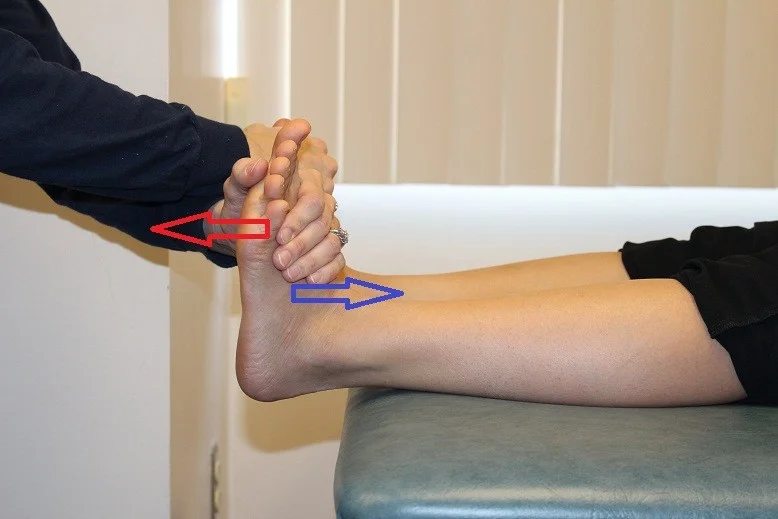
Nerve Roots LL
- Hip
- Flexion: L1,2,3
- Extension: L5, S1
- Knee
- Extension: L3,4
- Flexion: L5, S1
- Ankle
- Dorsiflexion: L4,5
- Plantarflexion: S1,2
- Inversion: L4,5
- Eversion: L5,S1
- Toe
- Extension: L5
- Flexion: S1
- Abduction: S1,2
Nerve Roots UL
-
Deltoid: C5,6
-
Supra/Infraspinatus: C5,6
-
Serratus anterior: C5,6,7
-
Elbow
- Flexion: C5,6
- Extension: C7
-
Supination: C5,6
-
Pronation: C6
-
Wrist
- Extension:C6
- Flexion: C7
-
Finger
-
Extension: C7
-
Flexion: C7,8, T1
-
Abd/Adduction: C8, T1
-
Sensation
- Dermatomes:
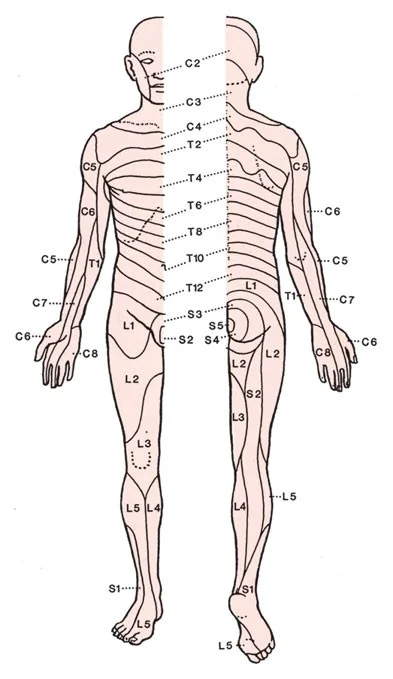
Trauma – Clinical Exam
-
General medical condition
- Should be evaluated to exclude
- Shock
- Brain injury
- Other problems
- Should be evaluated to exclude
-
Vital signs
- Should be observed and followed up
- Head/neck, Chest
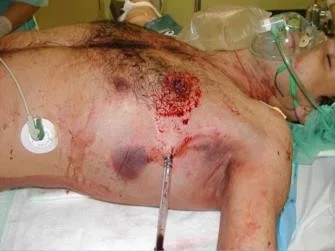
Trauma – Clinical Exam
- Look:
- Adequate exposure
- General on patient
- Local:
- Swelling, deformity, bruises, color, …
- Special attention is to be paid to wounds
- Do not forget the back!
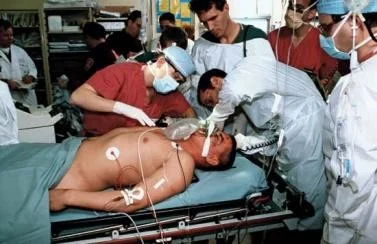
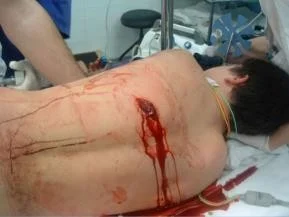
Trauma – Clinical Exam
-
Feel:
- Tenderness, temperature and crepitus on movement
- Sensory and motor deficits
- Pulse distal to injury
- Compartment syndrome
-
Move:
- With care
- Make sure not to cause more pain or injury
- Crepitus & abnormal movement indicates a fracture
- Joints distal to the affected area
- With care
Trauma – Clinical Exam
- Examination of the viscera
- Liver and spleen in rib fractures
- Urinary bladder and urethra in pelvic fractures
- Neurological examination in head and spinal injury
Summary
- Examination:
- Look
- General on patient, general local, anatomical
- Feel
- Tenderness, temperature, anatomical
- Move
- Passive, active - differs from joint to another
- Special tests
- Differ from joint to another
- Look